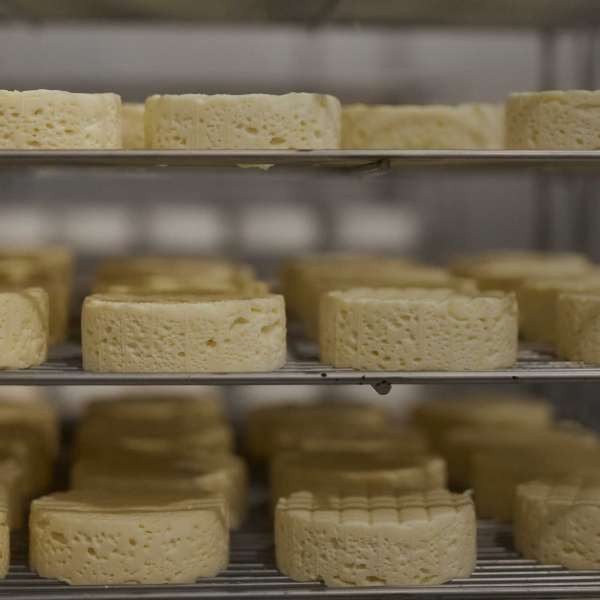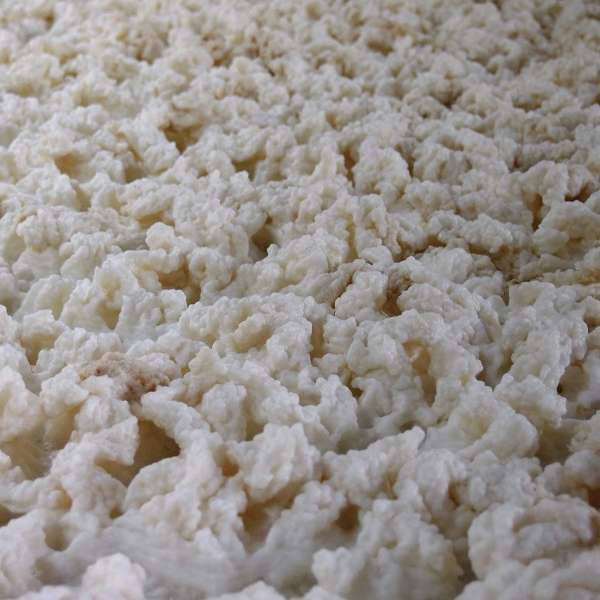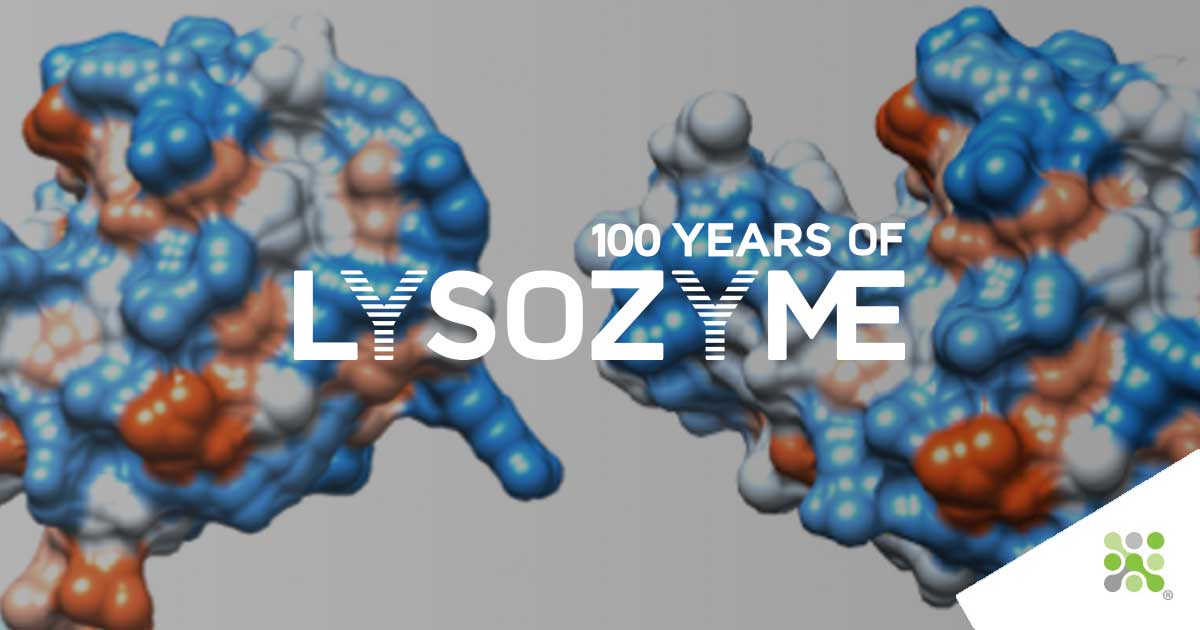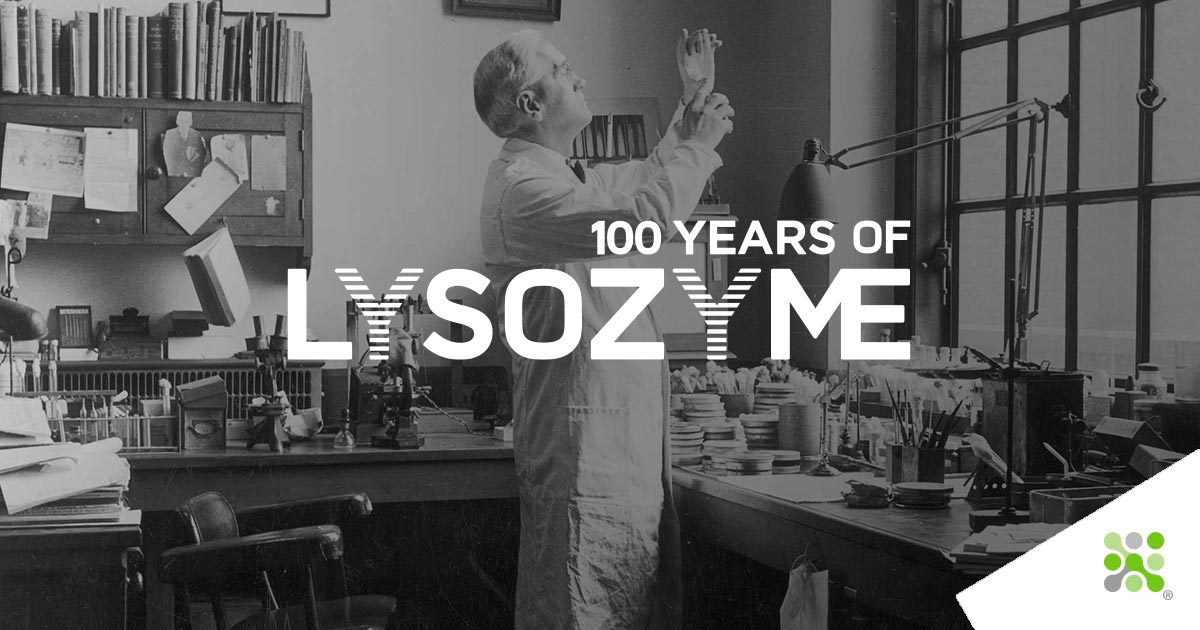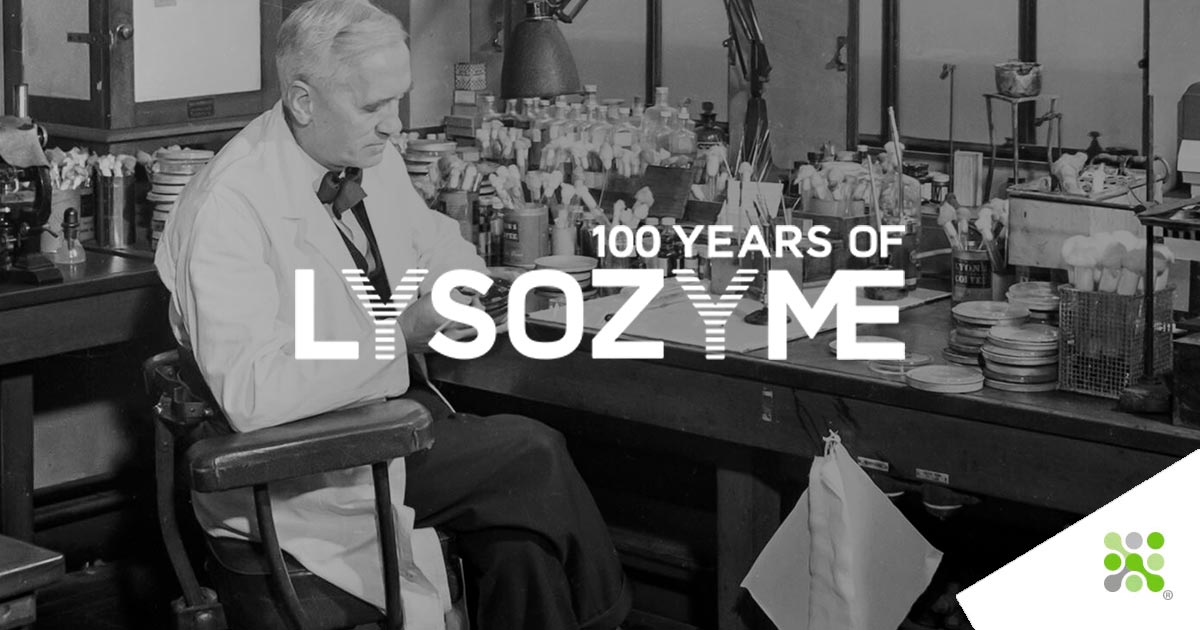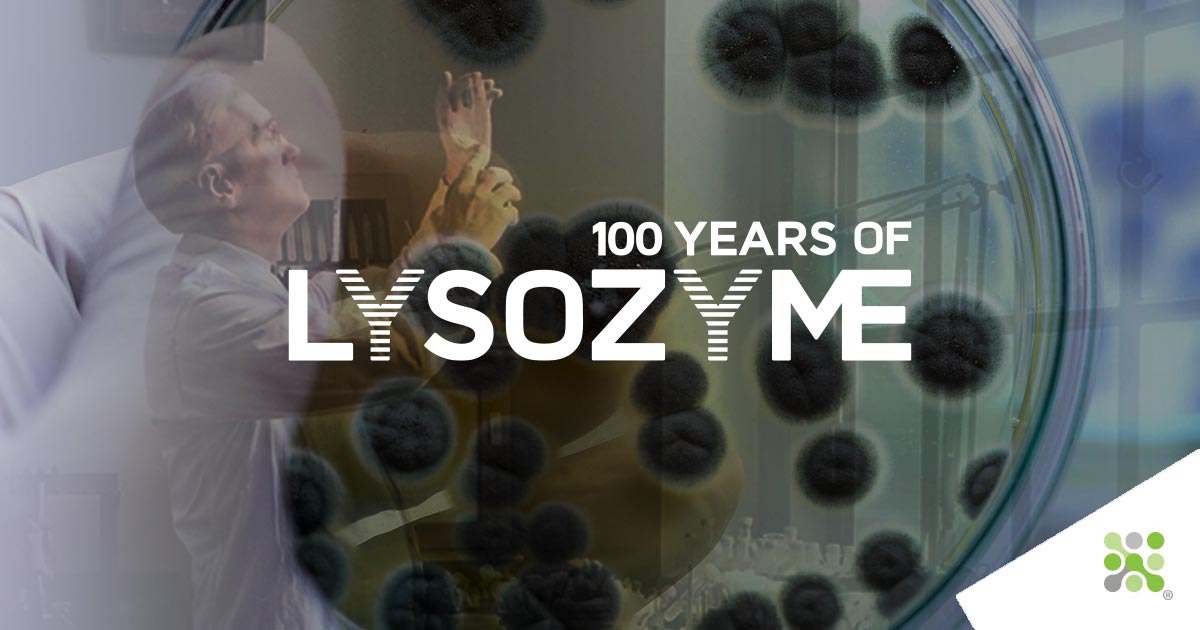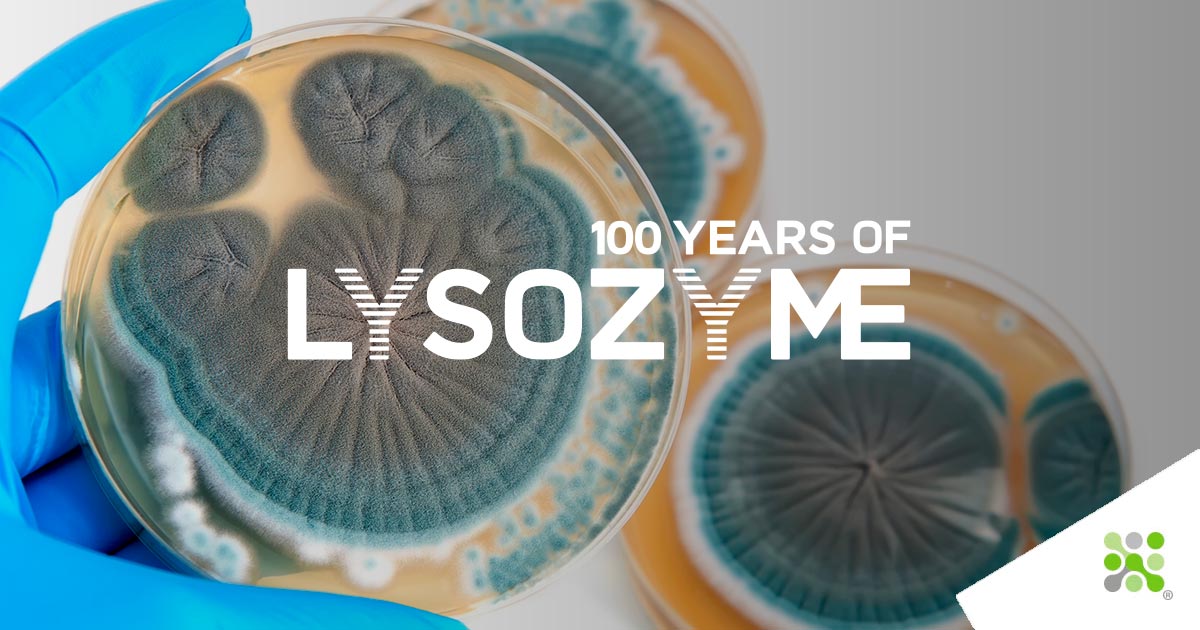Lysozyme: A potent natural antimicrobial, primarily protecting hen's egg-white against micro-organisms.
Much loved Lysozyme
Those that make their way past the shell are met with the bacteriolytic action that its discoverer, Alexander Fleming, first called ‘remarkable’ over 100 years ago. Much work followed to build on these earliest observations, yielding the applications for which Lysozyme is now relied upon. If it were not for this chance, cold-driven discovery that paved the way for Penicillin, perhaps the world would look somewhat different today.
In this episode, we will uncover that Lysozyme is not only an anti-microbial but that it has found itself as a beautifully important protein in its own right. We shall learn how it stands as a milestone in the development of structural biology, and today remains the best-used model protein for a host of technological development and validation purposes. New properties are still being discovered, including its piezo-, pyro-, and ferroelectric effects. But before we arrive at the new, let’s start with the now classical Lysozyme properties.
Lysozyme the anti-microbial
A 1-4-Beta-N-acetylmuramidase, Lysozyme is a relatively small enzyme which potently cleaves (cuts) the exposed primary protective peptidoglycan component of the cell wall of gram-positive bacteria. This weakening of the cell wall renders them highly susceptible to mechanical stress and osmotic shock, irreversibly rupturing and killing the bacteria. The release of the internal bacterial components and peptidoglycan fragments activates an innate immune function in humans, giving Lysozyme additional immunomodulatory capability.
Unlike gram-positive bacteria's thick outer peptidoglycan wall, gram-negative bacteria have two cell membranes sandwiching a thin layer of peptidoglycan, conferring some protection against Lysozyme’s cleaving properties. However, as Lysozyme is cationic (having a net positive charge), it is highly attracted to gram-negative bacteria's negatively charged outer membrane. Here, it can form pores that disrupt membrane function, inactivating gram-negative bacteria. This powerful ability to prevent (what is otherwise rapid) bacterial growth has been leveraged by nature, with Lysozyme finding key roles in both animal and plant kingdoms. Lysozyme is abundant in tears and saliva and milk, blood, urine, and mucosal membranes for mammals. Indeed, humans have been extracting Lysozyme from eggs for nearly a century now! You can discover how else humans have been using this remarkable little enzyme here:
100 years of Lysozyme
2022 marks 100 years since news of Lysozyme’s discovery reached the Royal Society. Let us take you on the journey of this 100-year story:

